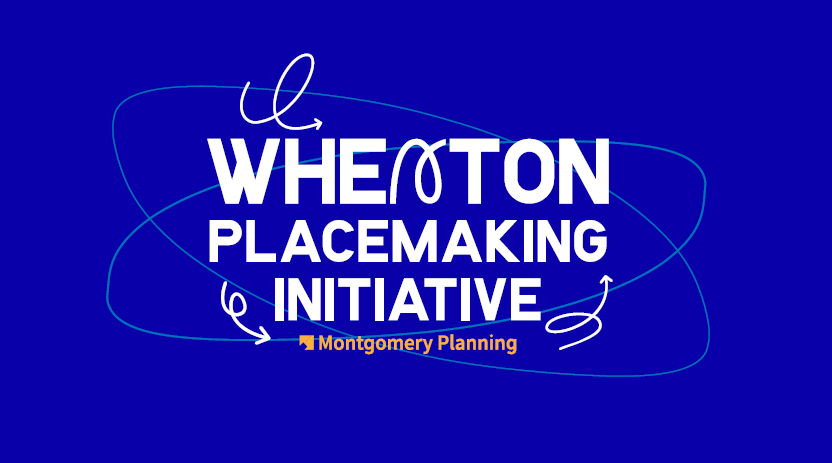To advance the recommendations of the 2012 Wheaton Central Business District and Vicinity Sector Plan and the 2022 Wheaton Downtown Study and 2023 Streetscape Standards, Montgomery Planning and its partners hosted Wheels in Wheaton on May 31 and June 1, 2025. Through the Wheaton Placemaking project, Montgomery Planning worked with the community and local businesses to launch a temporary skating ring and gathering space for the Wheaton community.
Thank you to the Wheaton Urban District, the Mid-County Regional Services Center, Montgomery Parks, Prince George’s Parks and Recreation, Montgomery County Department of Transportation, our partners, and the community for making Wheels in Wheaton a success!

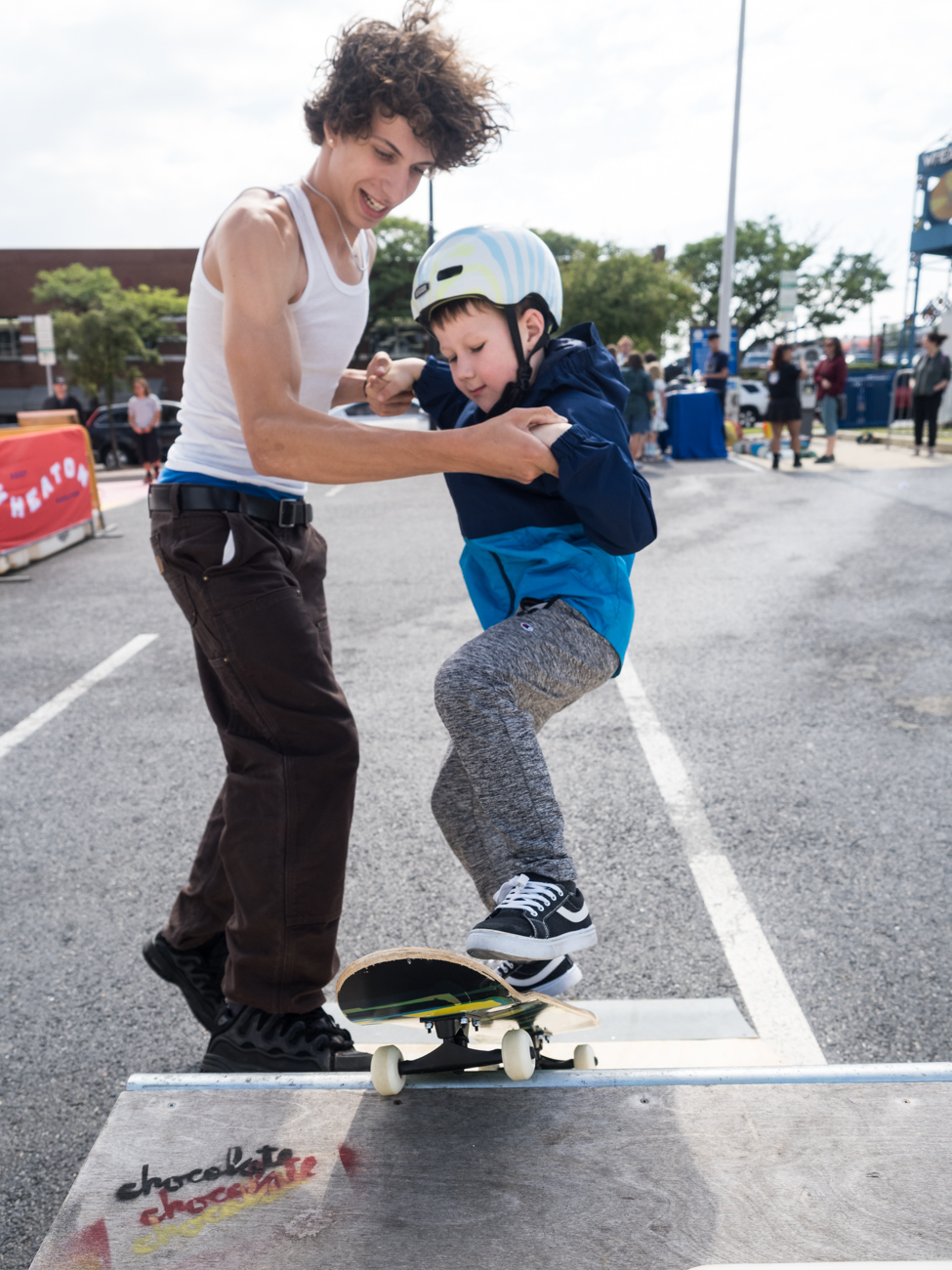

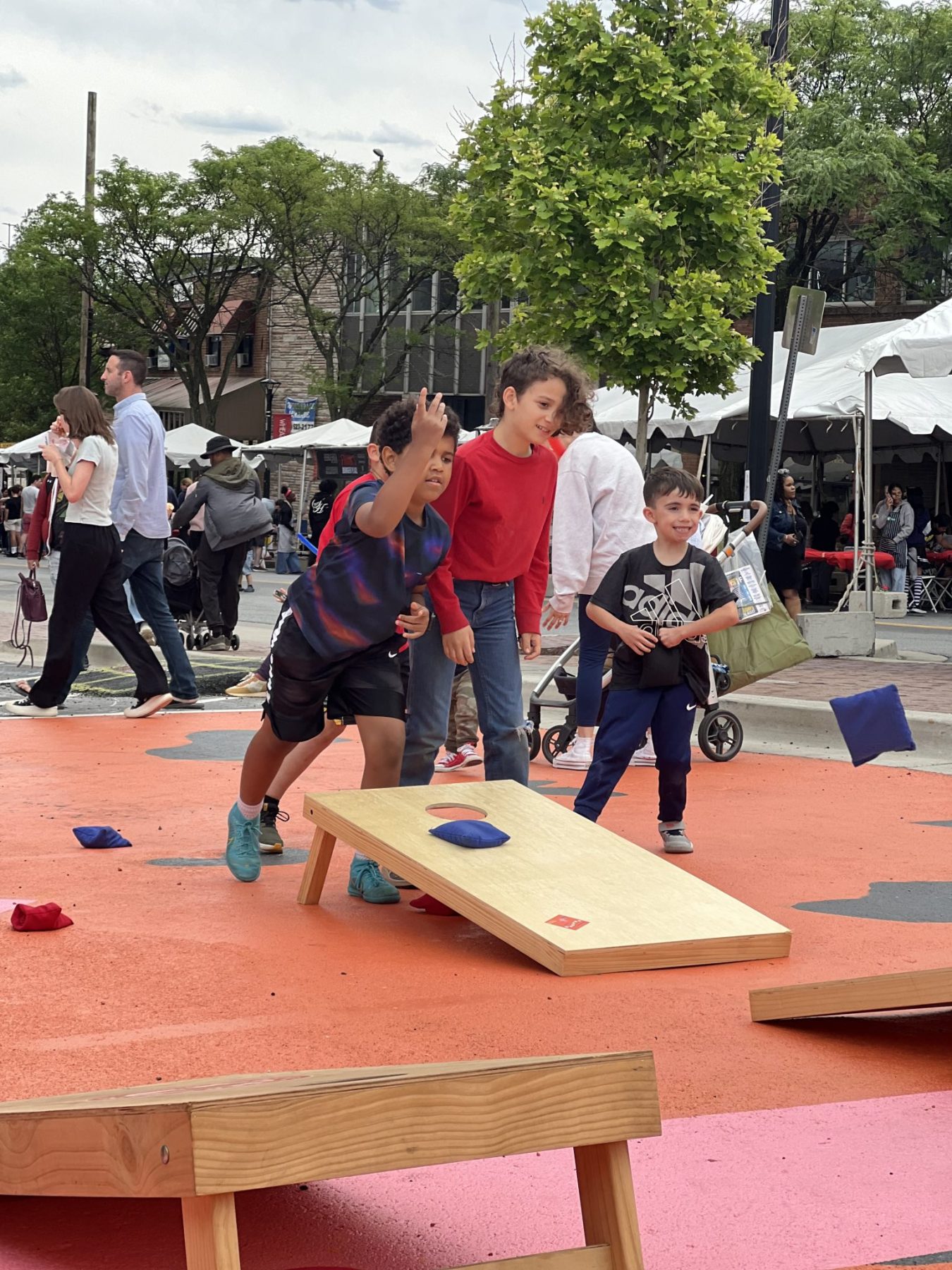
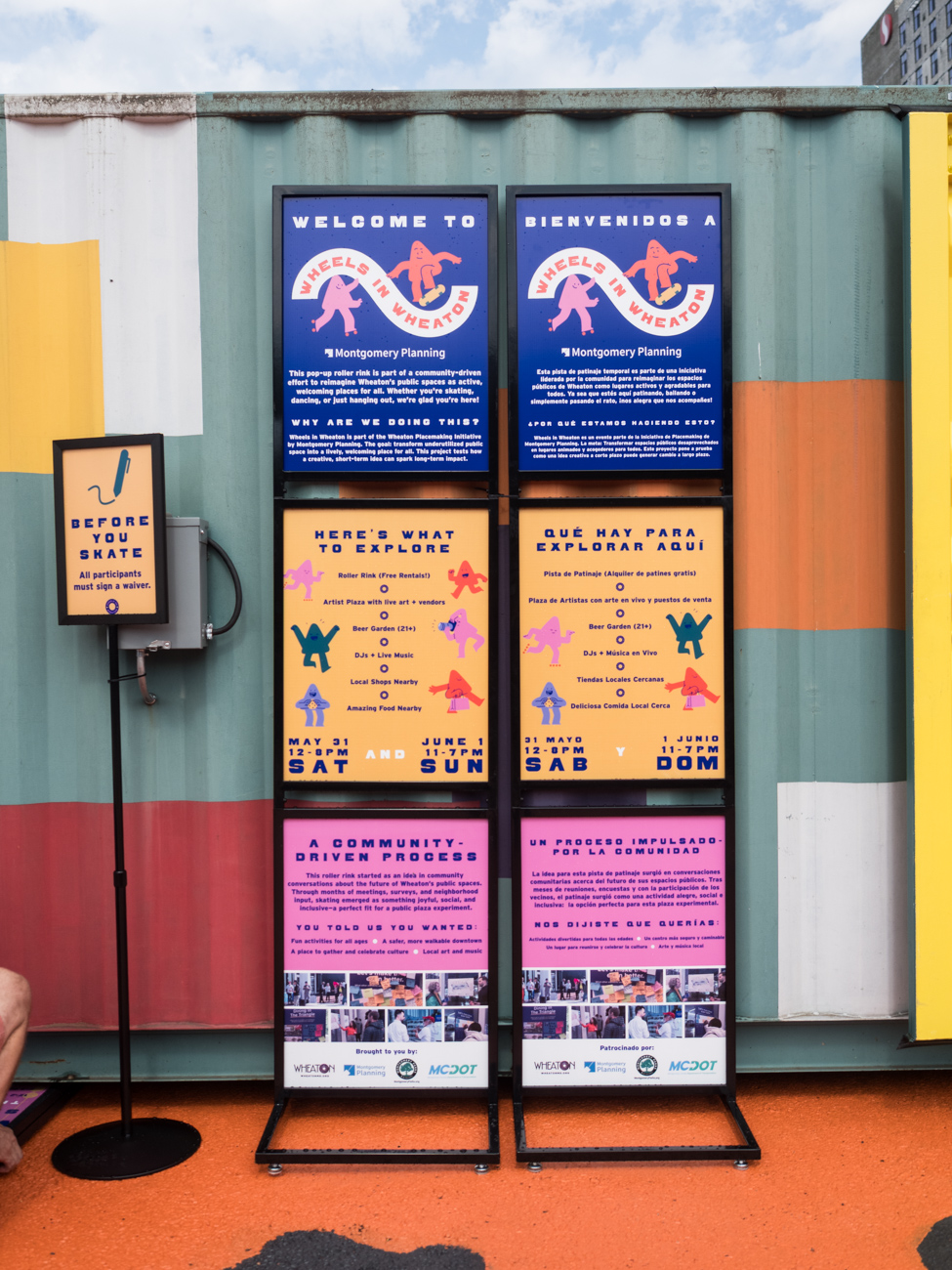
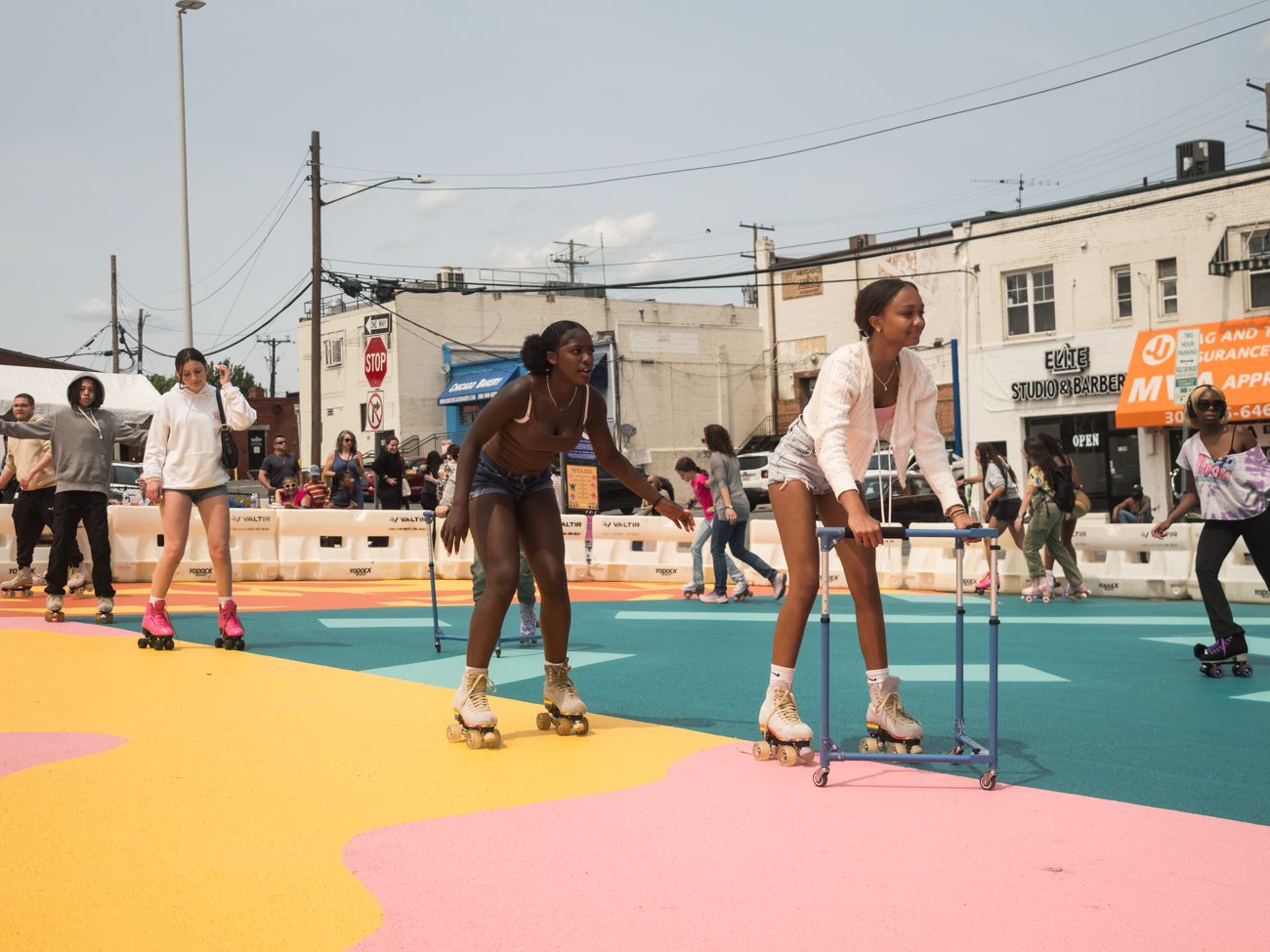
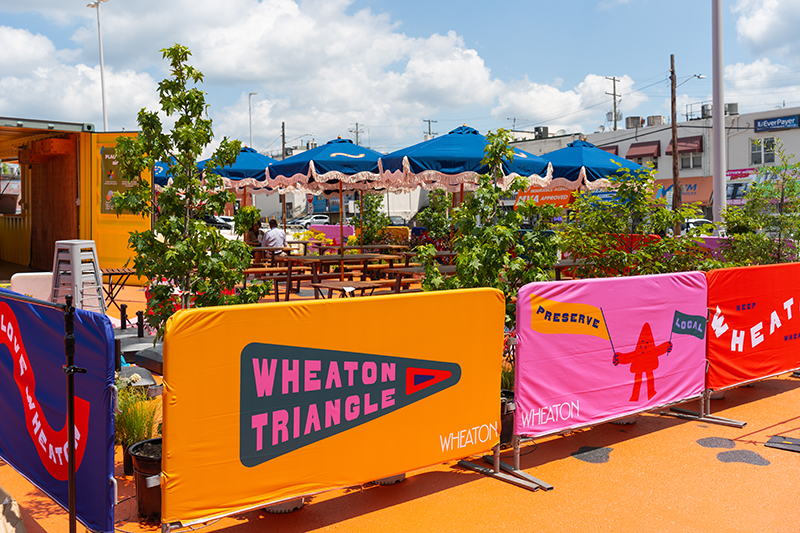
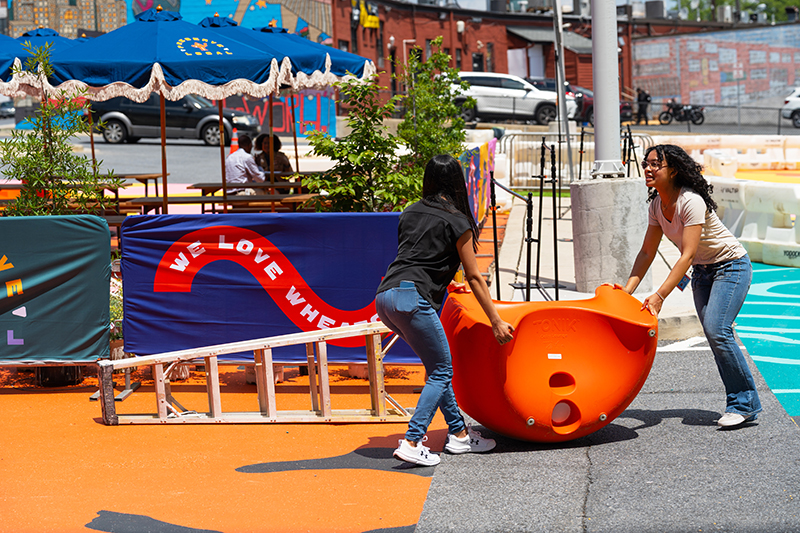
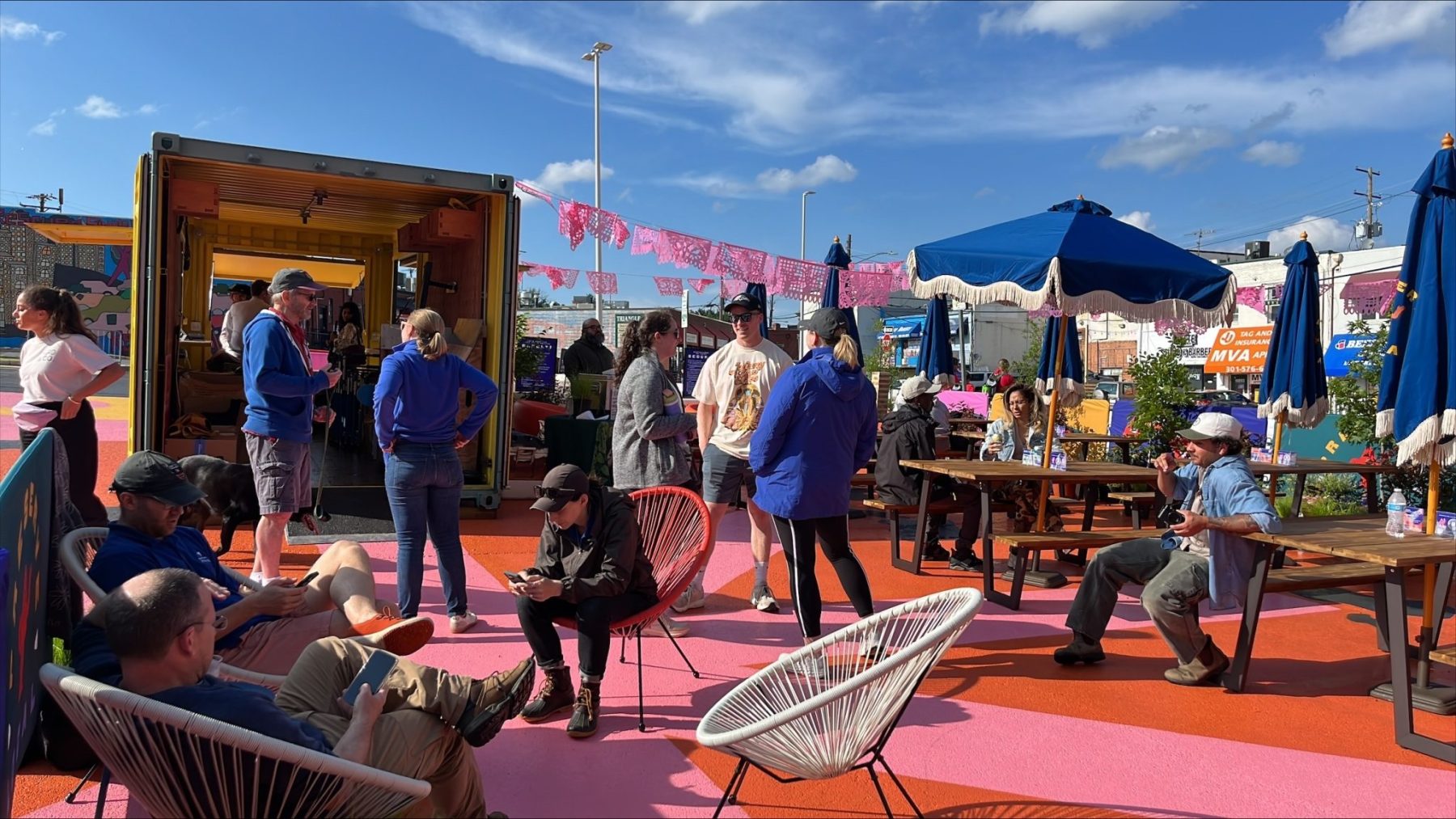
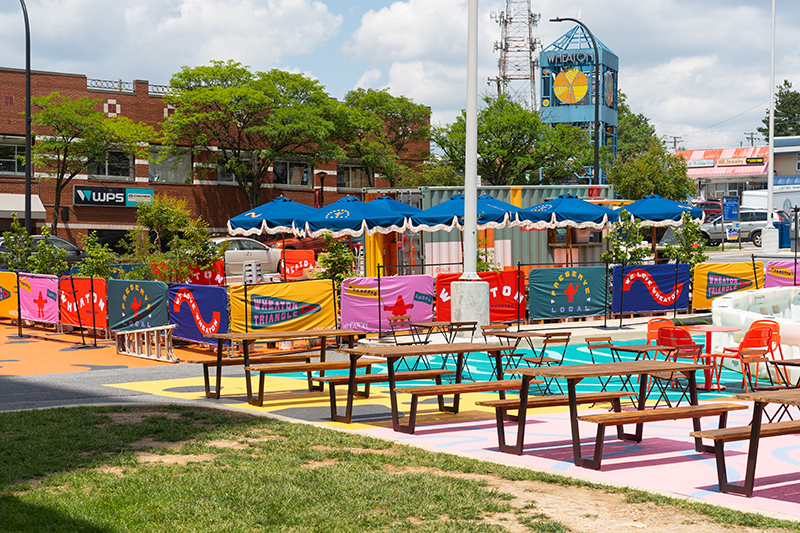
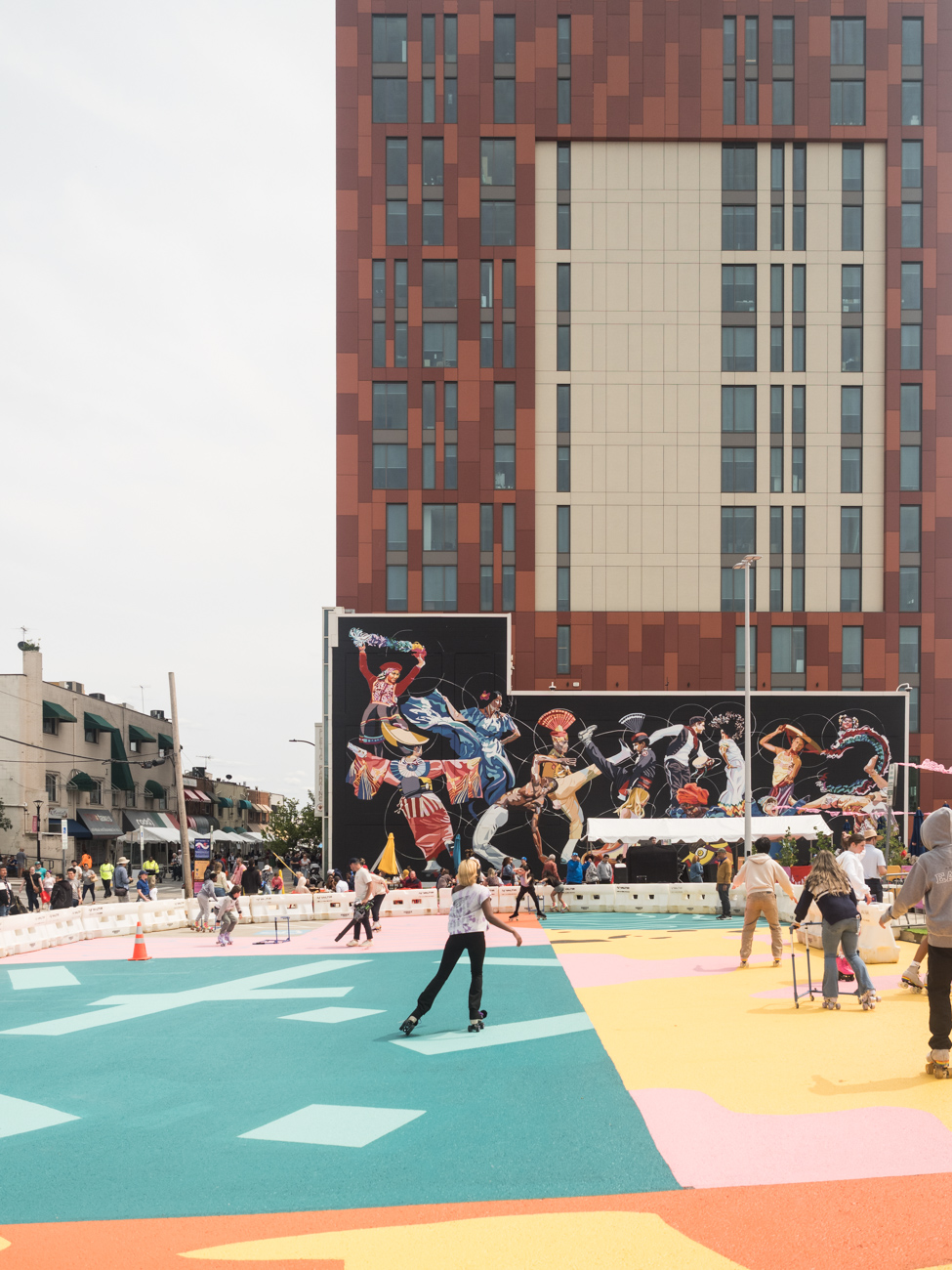
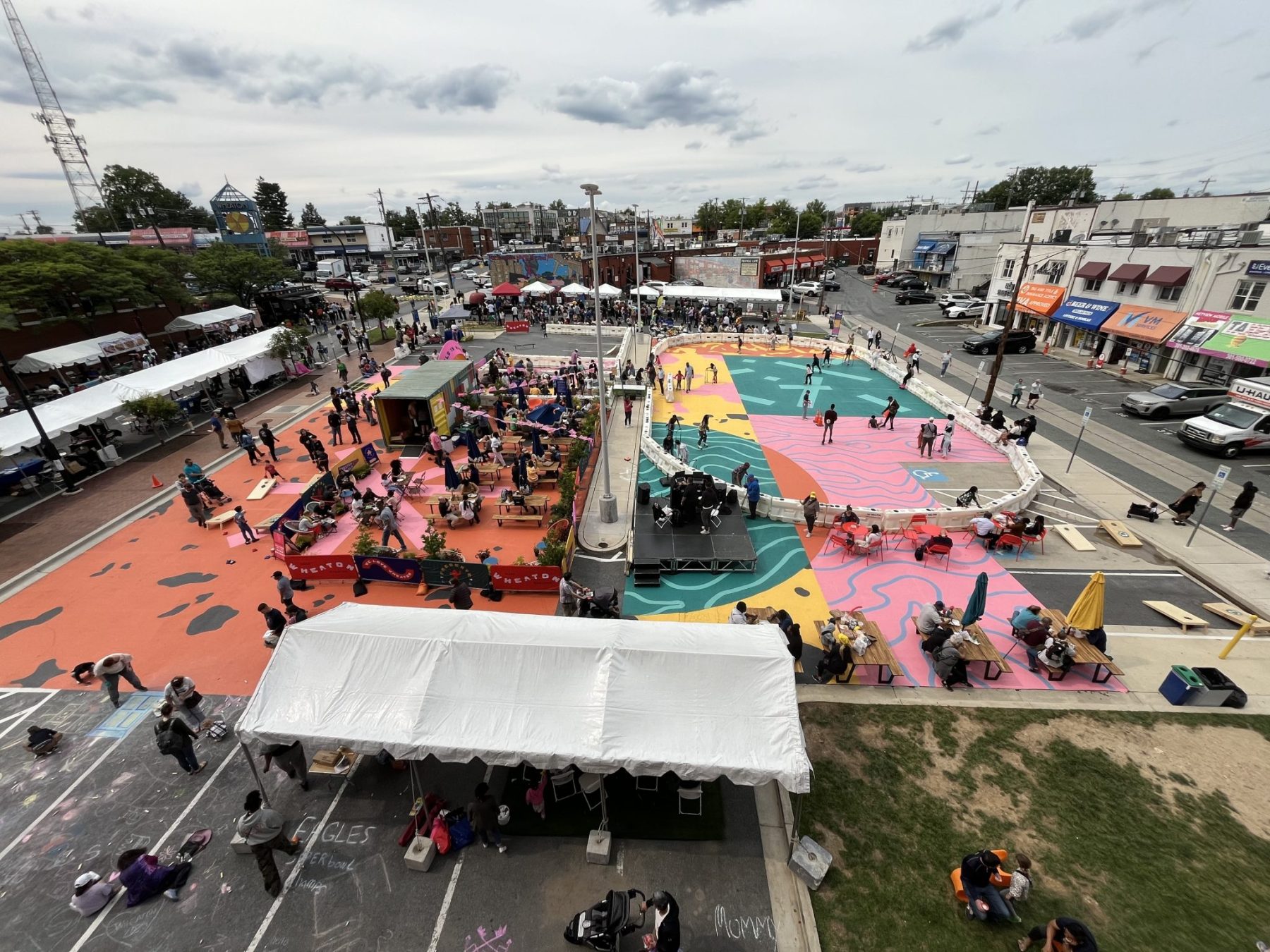


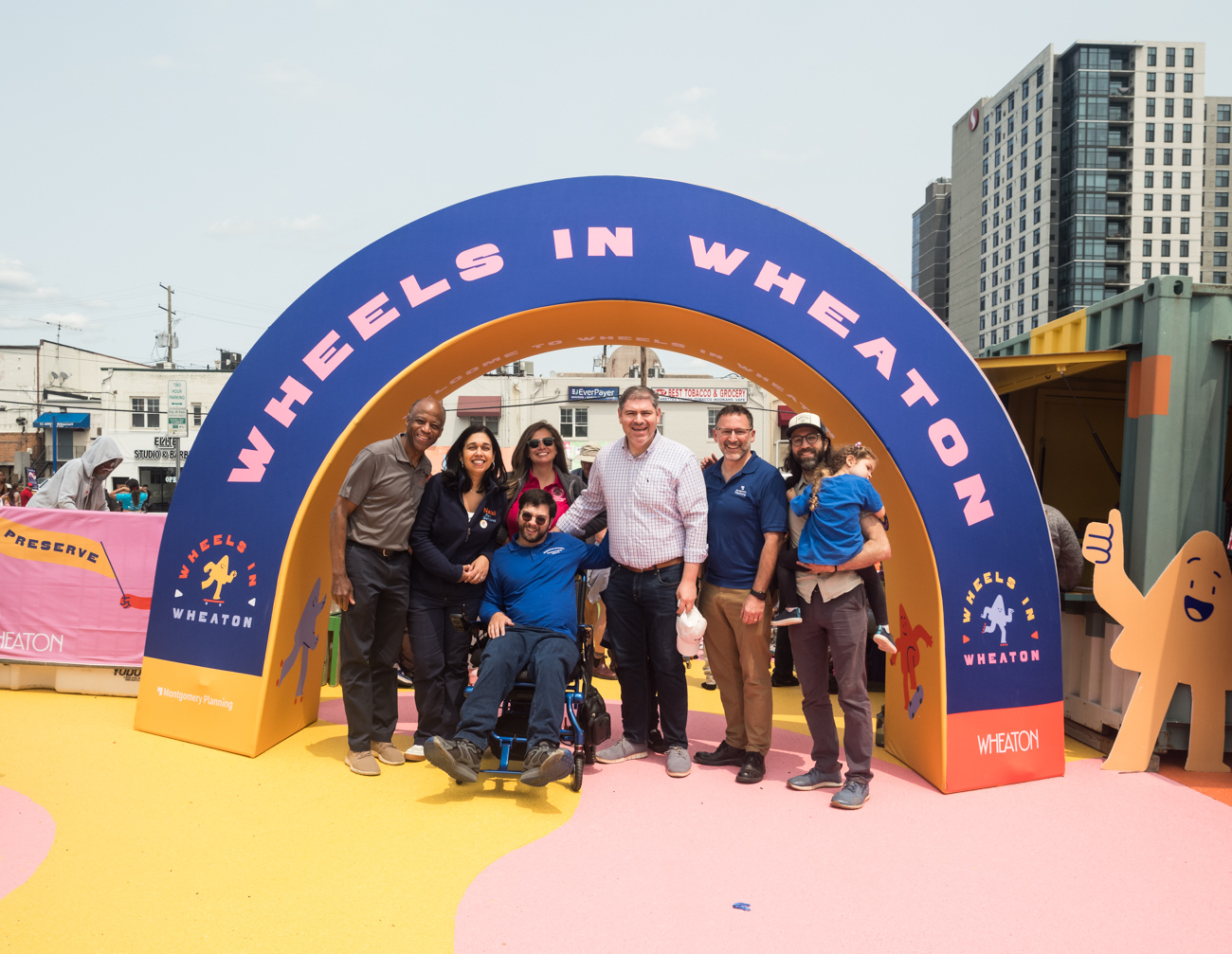
Wheels in Wheaton
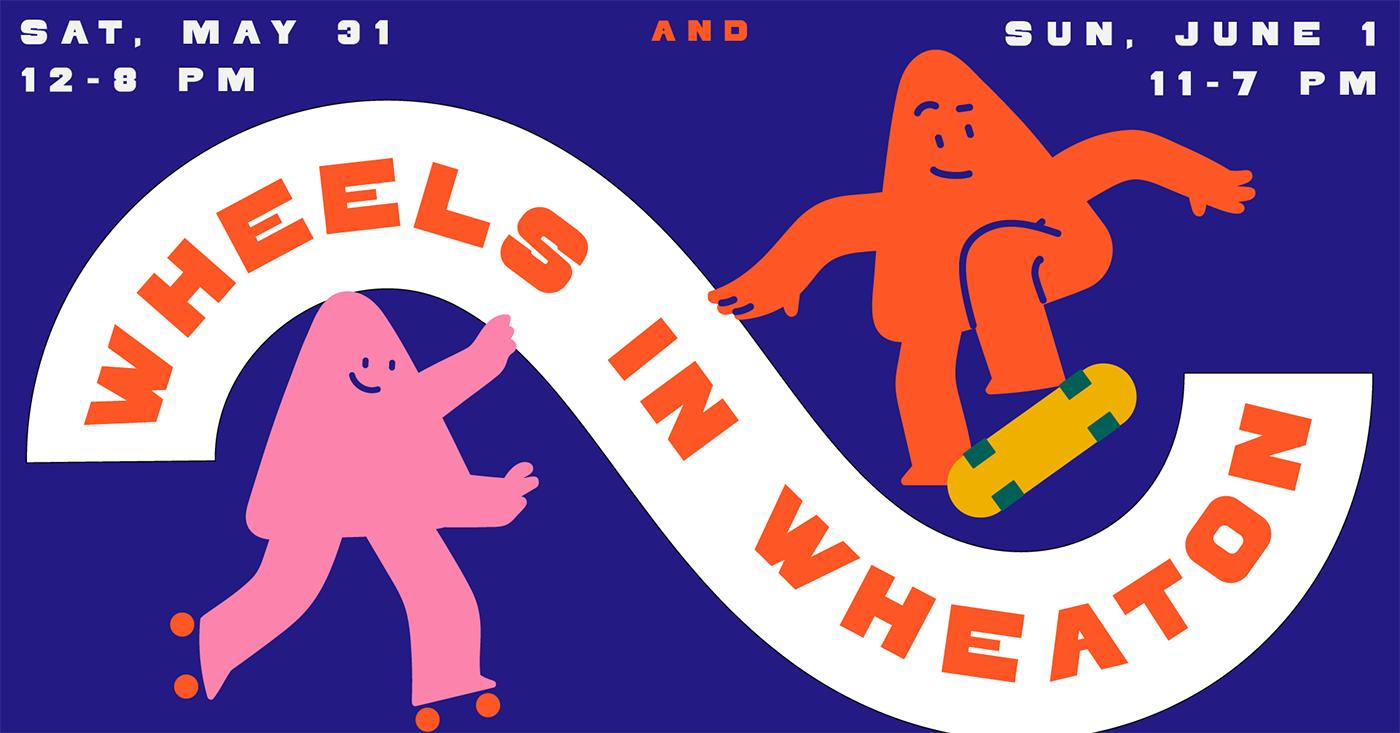
Saturday, May 31, 12 p.m. to 8 p.m. and Sunday, June 1, 11 a.m. to 7 p.m. (during the Wheaton Urban District’s Annual Taste of Wheaton)
Parking Lot 13 (directly behind the M-NCPPC Wheaton Headquarters)
11219 Grandview Avenue
Wheaton, MD 20902
Cost: Skating and skate rentals are free! Food and drinks will be available for purchase.
As a part of the Wheaton Placemaking Initiative, Montgomery Planning will be partnering with the Wheaton Urban District to showcase how underutilized public space in an urban center can be transformed to be functional, exciting, and recreational.
The parking lot directly behind the M-NCPPC Wheaton Headquarters will be temporarily transformed into a roller-skating rink and gathering space, fit with tables, seating, shading, decor, and a designated area for small group skateboarding lessons by GOATS on Wheels. Over the course of the two-day activation, the space will be open for public use, skating, demonstrations, entertainment, and eating and drinking.
Roller skating
Individuals must be at least 55 inches tall to roller skate. Skate rentals will be available for free. All you need to do is:
- Provide a form of ID (e.g., driver’s license), which will be held during the rental.
- Sign a waiver. Minors will need a parent or guardian to sign for them.
Sizes are first-come, first-served, and you’re welcome to bring your own skates too.
Skateboarding
The event space will have a designated area for free, small group skateboarding lessons by GOATS on Wheels for children 4 and up at 1 p.m., 2 p.m., and 4 p.m. on Saturday and Sunday.
Sign-ups for lesson timeslots will be available at the event. Helmets and skateboards will be provided for free, and all skateboarders (or their parents/guardians) must sign a waiver before participating.
Full schedule of events
Saturday, May 31
Roller rink
-
12 to 2 p.m.Open skate
-
2 to 3 p.m.Kids-only skate (12 and under)
-
3 to 8 p.m.Open skate
Special events
-
1, 2, and 4 p.m.Goats on Wheels small group skateboarding instruction in a designated area
-
5 p.m.Silent Disco in the rink
Create Zone
-
All daySofa Stories: Creating community through the arts
-
12 to 2 p.m.Emotional Support Rocks: Paint a rock, give it to a friend, by Liliane Blom, Mid-County Artist in Residence.
-
2 to 4 p.m.Origami Making by Peijisa Art
-
4 to 6 p.m.Scratch It Off: Fun and easy scratch-off art for everyone by Liliane Blom
-
6 to 8 p.m.Learn to Braid a Ribbon Lei: Traditional Hawaiian graduation leis by Liliane Blom
Sunday, June 1
Roller rink
-
11 a.m. to 7 p.m.Open skate
Special events
-
1, 2, and 4 p.m.Goats on Wheels small group skateboarding instruction in a designated area
-
2 p.m.Remarks by public officials and special guests
-
5 p.m.Silent Disco in the rink
Create Zone
-
All daySofa Stories: Creating community through the arts
-
11 a.m. to 1 p.m.Scratch It Off: Fun and easy scratch off art for everyone, by Liliane Blom, Mid-County Artist in Residence
-
1 to 3 p.m.Say It With Yarn: Learn to crochet, Wheaton Arts Parade Yarn Bomb
-
3 to 5 p.m.Learn to Braid a Ribbon Lei: Traditional Hawaiian graduation leis by Liliane Blom
-
5 to 7 p.m.Emotional Support Rocks: Paint a rock, give it to a friend, by Liliane Blom
Frequently asked questions
We’ve got the skates if you don’t—so just bring yourself! You might also want:
- Form of ID (for skate rentals)
- Optional protective gear (helmets and pads are welcome but not required)
- Your best moves!
Yes! You’ll find a variety of delicious local food options just steps away from the action around the Wheaton Triangle—tacos, sandwiches, burgers, snacks, sweets, and more.
Plus, Saints Row Brewing will be pouring craft beers in a special pop-up beer garden next to the rink. Grab something from a local business, and you are welcome to bring it with you to sit outside at our event and beer garden.
In addition to skating and music, you’ll find:
- Arts and crafts activities for all ages
- Places to sit, relax, and hang out
- Live DJs spinning global beats
- Beer garden by Saints Row Brewing
There’s something for everyone—whether you’re rolling or just vibing.
This is a rain-or-shine event. We’ll do our best to keep the fun going regardless of weather—some programming may shift depending on conditions.
Wheels in Wheaton is an activation of the Wheaton Placemaking Initiative by Montgomery Planning in partnership with the Wheaton Urban District and Yard & Co., with support from Montgomery Parks, Montgomery County Department of Transportation, Montgomery County Government, and the Wheaton community.
The event is just steps from the Wheaton Metro Station (Red Line)—we highly encourage using transit, biking, or walking if you can!
If driving, there are several convenient public parking options near the event:
- Wheaton Metro Garage (Garage 45) – accessible via Veirs Mill Road
- Metered street parking – available on surrounding streets, subject to posted restrictions
- Other Montgomery County Parking Lots in Downtown Wheaton are also available
Yes! Wheels in Wheaton is part of the Taste of Wheaton weekend—but it’s its own special activation with a focus on movement, music, and community fun on wheels.
Wheels in Wheaton takes place on Saturday, May 31, and Sunday, June 1, while the main Taste of Wheaton event—featuring food vendors, live entertainment, and family fun—happens on Sunday, June 1.
Come out for both and experience Wheaton in motion and in flavor!
Design concept
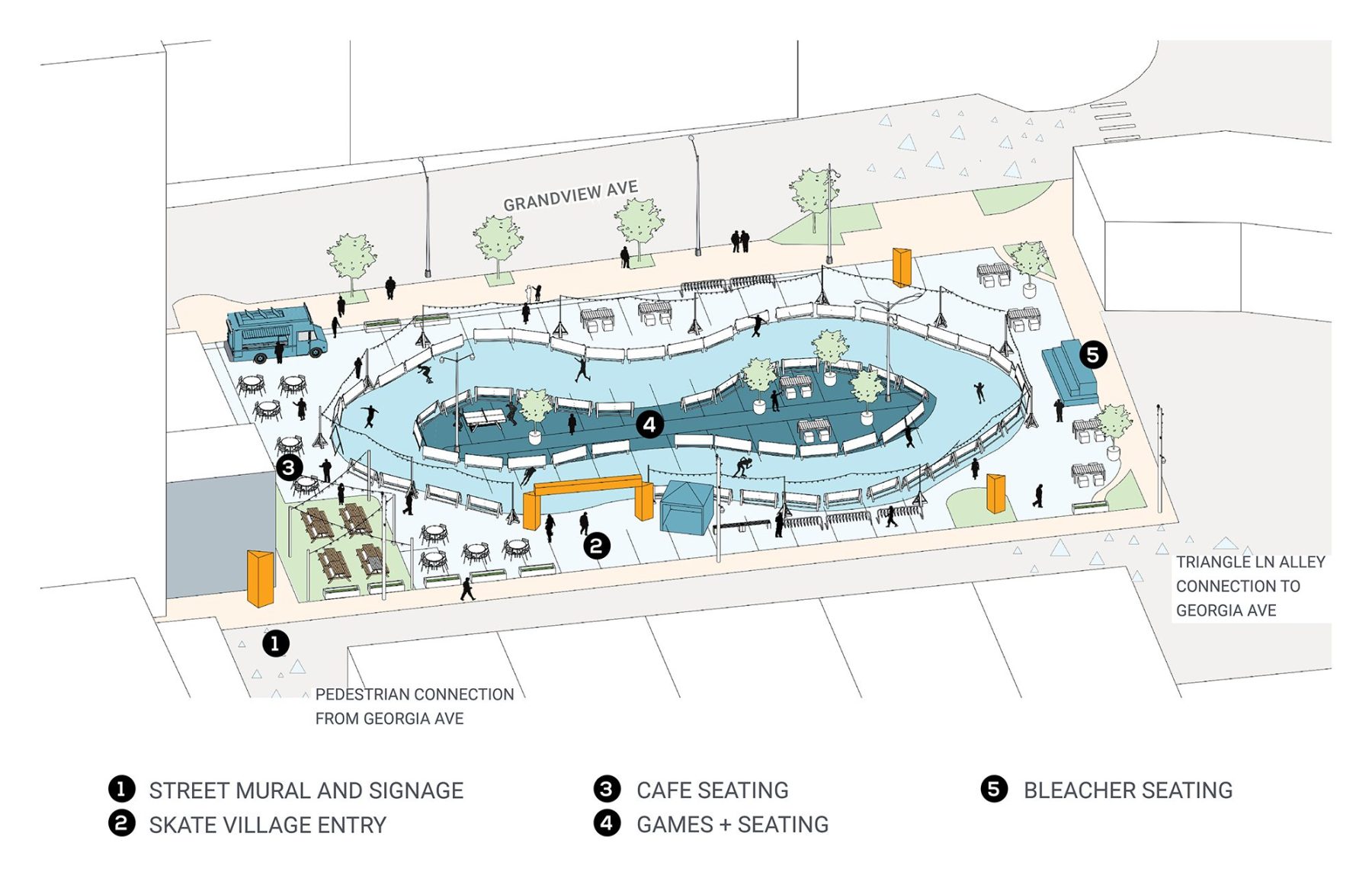

What we’ve heard
This project came about as a direct result of the 2022 Wheaton Downtown Study. During engagement for the study, community members felt strongly about the small business character of the Triangle, the creation and support of public open space, a strong sense of place, and the improvement of safety and connectivity.
Building off the results of the study’s engagement and following a recommendation for placemaking activities in the Wheaton Downtown Study, the Wheaton Placemaking Initiative has focused engagement on placemaking specifically within the Wheaton Triangle.
Staff conducted a public survey, a walk-audit with community leaders, a public open house, participated at local events, and had one-on-one conversations with business owners, artists, and other community organizers. Here are the main takeaways:
- Community members want areas to gather, more outdoor dining options, and more local shopping opportunities.
- Most visit Wheaton to eat, shop, and attend local events, and there is a strong desire for more markets, more programming, and more entertainment for all ages.
- Safety measures and more comfortable ways to get from place to place are important to enhance the community.
- Wheaton’s unique sense of place, culture, and local business economy is important to build on, and further support and grow.
Past events
Open house
On December 11, 2024, the project team hosted an open house at M-NCPPC’s Wheaton Headquarters. Over 50 community members stopped by to learn more about the project, provide valuable input, and engage with planners. Attendees visited stations set up around the room, each focused on a different aspect of the project including connectivity, activation, and retail.
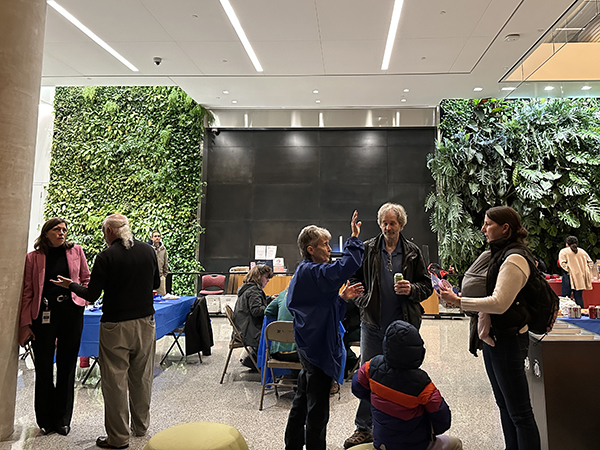
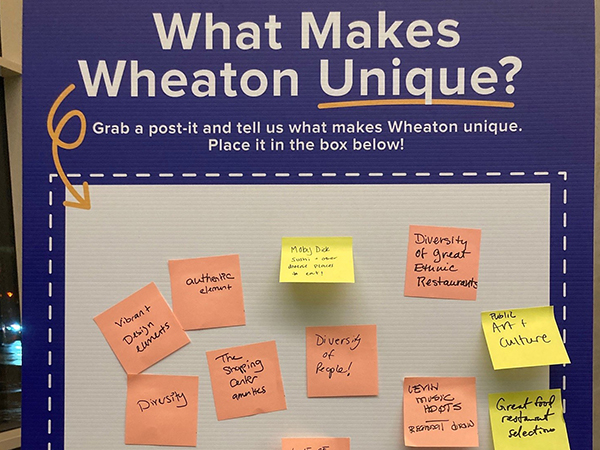
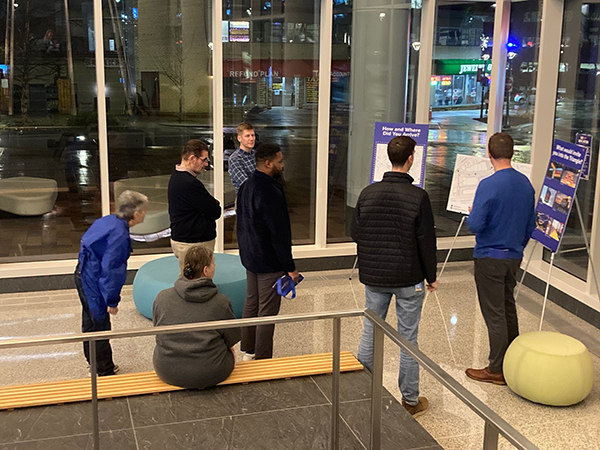
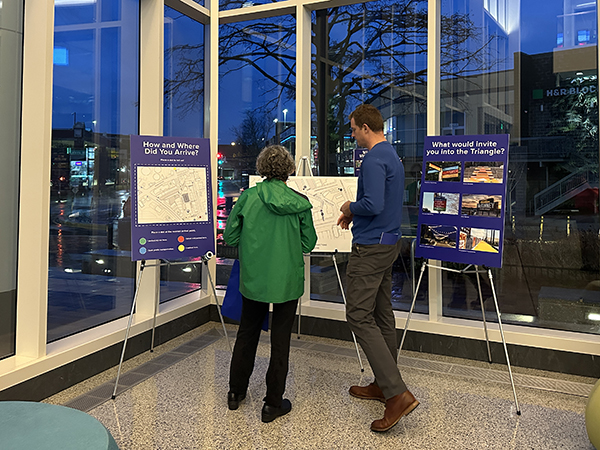
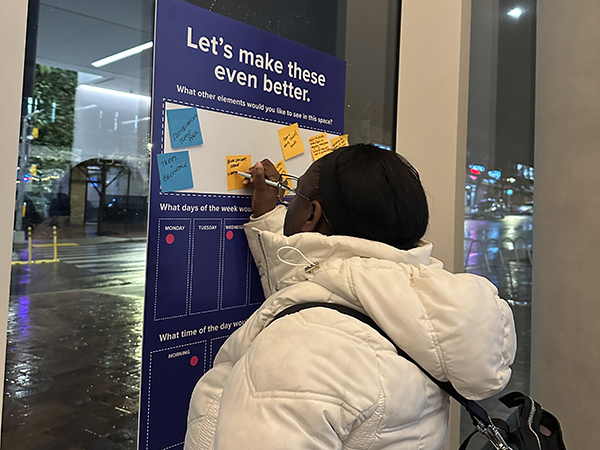
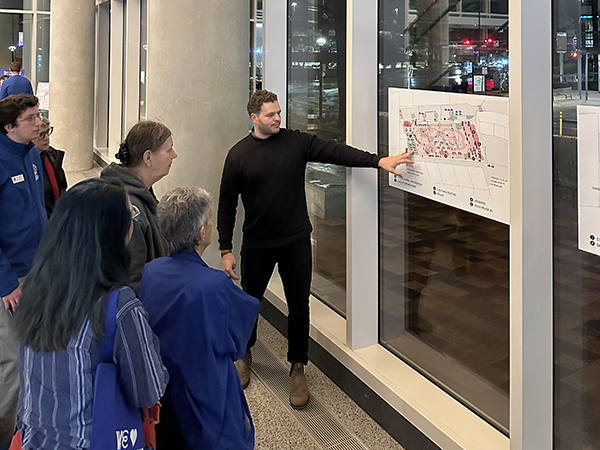
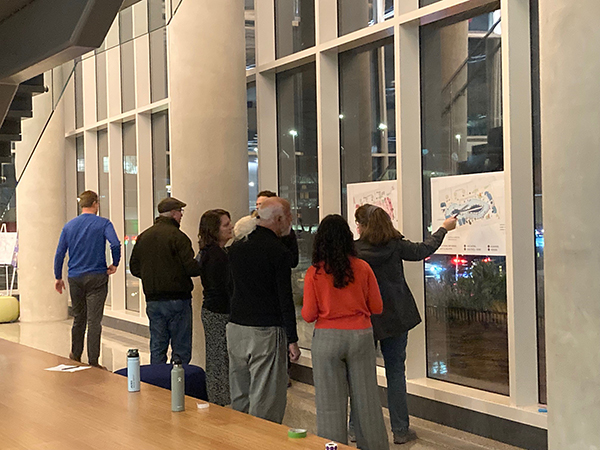

Project kickoff
On August 22, 2024, the project team hosted project partners and major stakeholders for coffee, donuts, and conversation about how this project can take shape. Attendees participated in an interactive walking tour with the project team to discuss existing conditions and opportunities and challenges within the Core District.
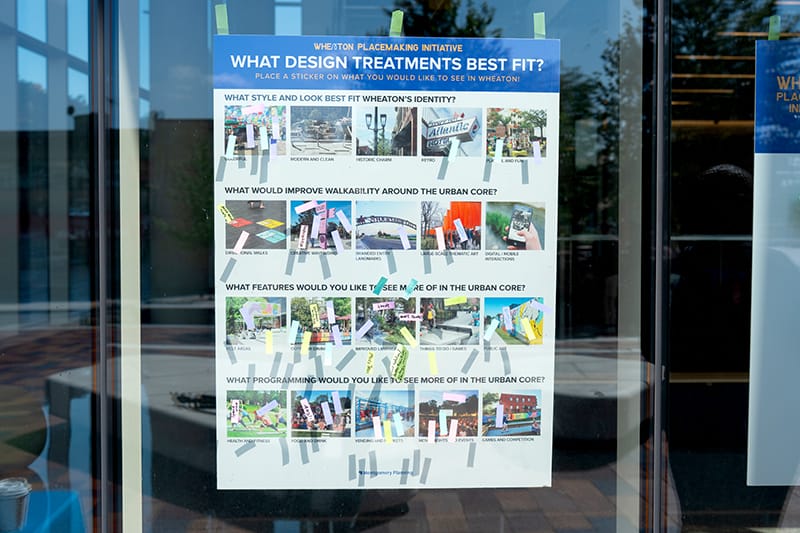
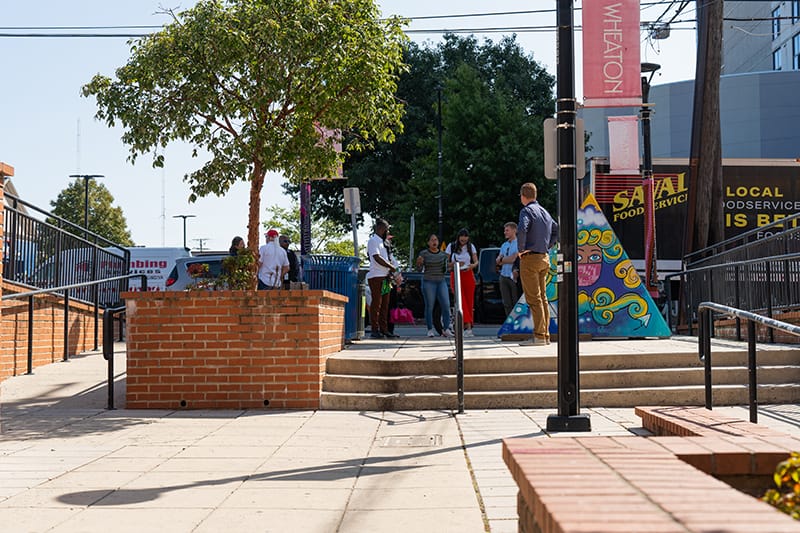
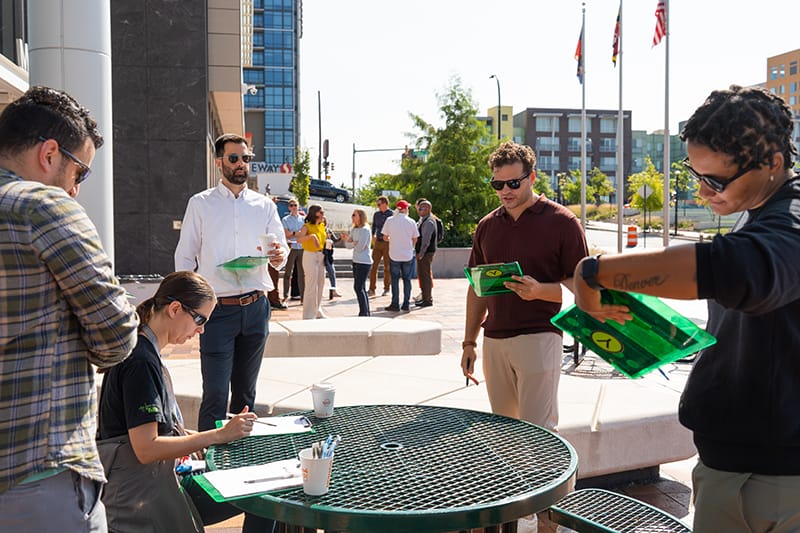
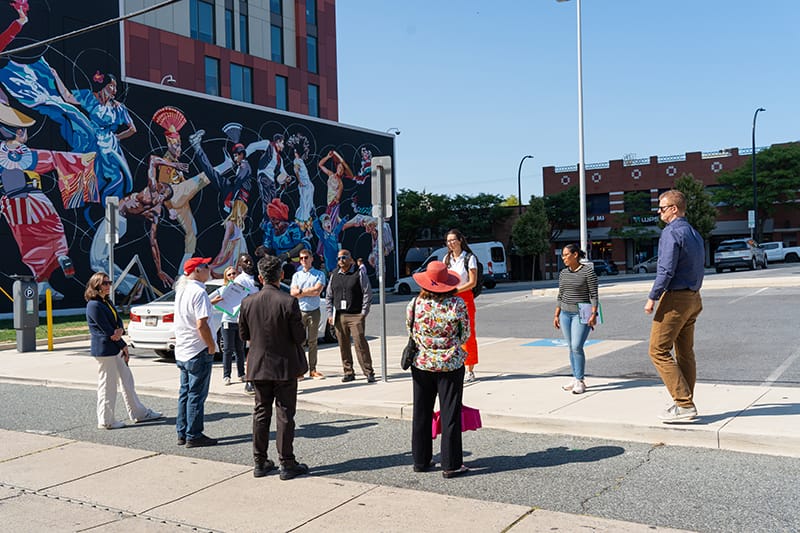
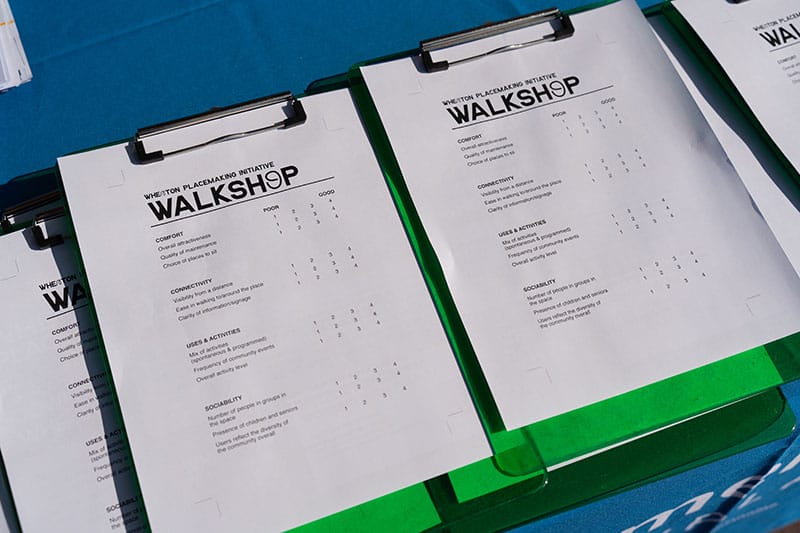
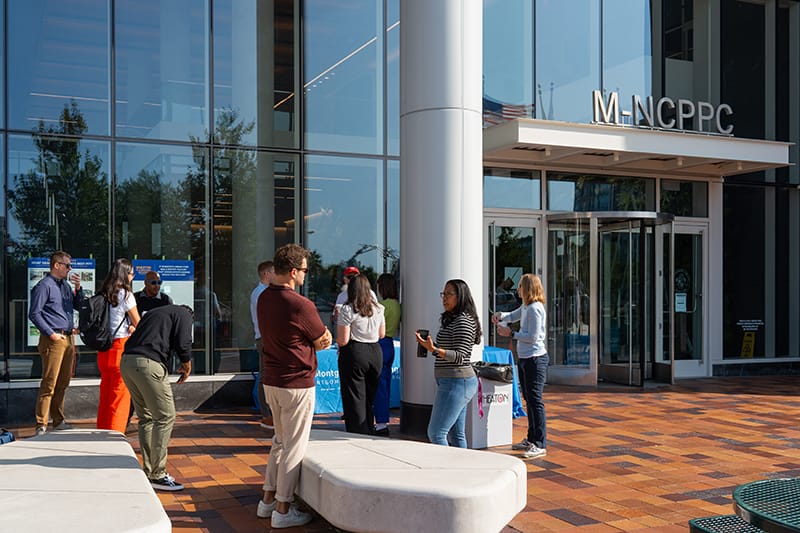
Project timeline
-
Summer 2024Data collection and outreach
-
Fall 2024Data analysis and outreach
-
Winter 2025Finalize design and wrap up outreach
-
May 2025Implementation

